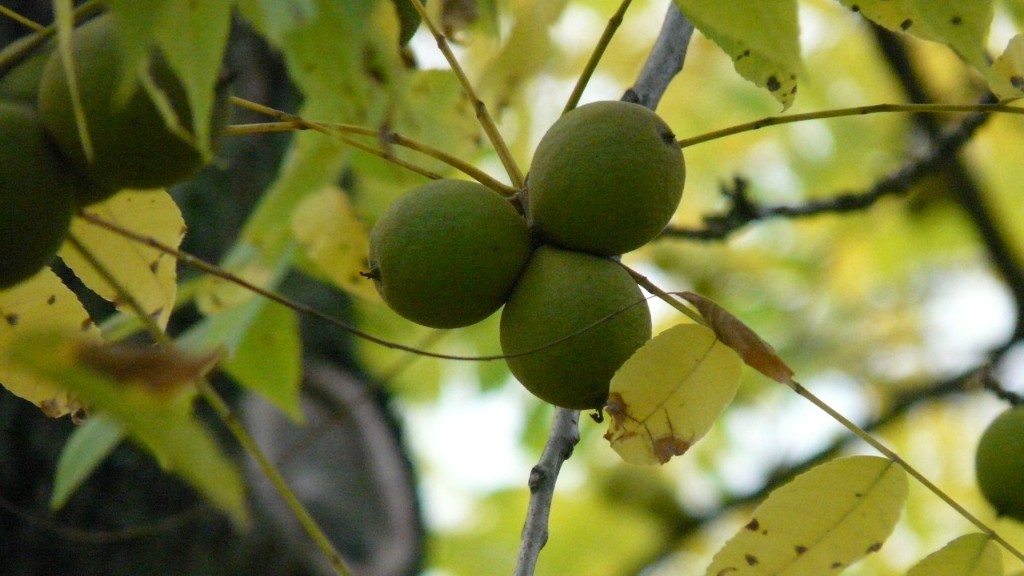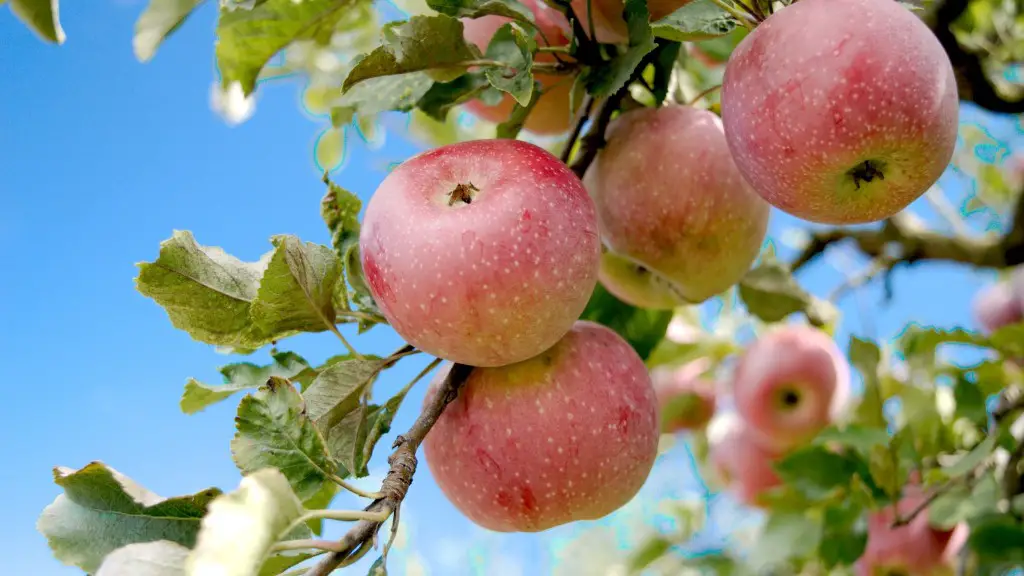How to keep a Palm Tree Alive During Winter
Palm trees often bring to mind tropical landscapes and images of the perennial summer season. While many people assume that palm trees won’t survive the colder temperatures of winter in more temperate climates, with the right care and attention, there are a few measures you can take to ensure that your palm tree will not only survive, but also thrive in the years to come.
Firstly, it is vital to select the right species of palm tree to begin with. Different species of palm trees handle cold weather differently and some are more cold-tolerant than others. Generally, hardy palms like the Mediterranean fan palm or the windmill palm are more resistant to the colder temperatures of winter.
Once you have selected the right species, it is important to ensure that the tree is healthy to start with. Proper nutrients and water nourish a tree, help it withstand cold temperatures, and reduce the damage in case the winter temperatures become excessively low. After planting the tree, continue to fertilize and water it to provide sustenance.
It is also important to check the drainage in the area and make sure the soil won’t hold water and form ice around the roots. Do this by digging down a few inches into the soil. During the winter months, always watch out for signs of water pooling around the tree, as this could be a sign that the roots might be standing in water and could cause root rot or additional damage.
Irrigation systems are also great for delivering the right amount of water to the tree and can be designed to be used in milder temperatures and become inactive when temperatures go below a certain threshold. Homeowners who want to create an optimum atmosphere for the tree can also use other methods to protect the tree from frost, like building an insulating barrier over it with blankets or burlap sacks.
Finally, make sure to monitor the cold conditions and check for signs of damage. Among the most common signs of damage during winter are fronds turning yellow, turning dry and brittle, or becoming choked with dead foliage. These are signs that the cold temperatures are causing damage and the tree may require additional assistance.
Protecting Trunk and Roots
The trunk and the roots are the tree’s weak points when it comes to cold temperatures, and as these are the most sensitive parts of the tree it is important to ensure that they are properly protected. The trunk is especially vulnerable to damage, because when it contracts on a freezing day it too can be damaged. Wrapping the trunk in a special fabric or blanket can help protect the trunk and avoid other types of winter damage.
Another way to protect the trunk is to fill the well around the root crown with soil. This will act as a kind of insulation, keeping the trunk and the roots at a more stable temperature. During winter, homeowners should also reduce or avoid pruning or cutting the tree, which could further damage the trunk.
Insulating the Soil
To help insulate the soil and keep it at a more stable temperature, it is also important to mulch around the base of the tree. This mulch can be made up of organic material like pine needles, wood chips, or leaves, which will help insulate the soil by trapping air and heat. Mulch should be applied in a layer around the palm tree but should not be piled around the base of the trunk.
Applying compost is also a great way to feed the tree as well as insulate it against frost. Compost also helps absorb and retain moisture in the soil, ensuring that freezing doesn’t dehydrate the soil, further a warm and moist environment.
Using Unheated Microclimates
For palm trees in cooler climates, it is important to position the tree in a sheltered spot. Microclimates near sidewalks or walls are particularly beneficial because they can absorb heat during the day and keep the area a few degrees warmer during the night. Be sure to avoid placing the tree in an area that is exposed to too much wind, which can also damage it.
Without creating an artificial environment around the tree, trees may also benefit from being covered with a tree wrap during the winter months. Tree wraps have the same protective function as an insulating barrier with blankets and burlap, but they are made from breathable materials, which allow the tree to receive enough light and breath properly.
Shield Against Cold Winds
Cold winds can severely damage the fronds of palm trees, and during the winter months it is essential to shield the tree against them. There are many ways to do so, such as installing windbreaks around the tree, constructing a fence or wall, or even planting shrubs or other trees around it. This will also create an additional layer of insulation against extreme cold temperatures.
Pay attention to the direction of the prevailing winds in your area and select the right plants and trees to block it. If a windbreak cannot be constructed, another alternative is to use artificial screens, like burlap covers or tree wraps, which can be secured firmly enough to the palm tree’s trunk to keep the fronds safe from harm.
Winterizing Palm Trees
If you live in an area that experiences freezing temperatures during the winter season, it is essential to winterize your palm tree before the season begins. A few days before winter sets in, homeowners may want to fertilize the palm tree and cut off any dead branches and fronds. This will help the palm tree survive the harsher weather and should be done on a regular basis.
It is important to remember that pruning isn’t always necessary, as some palm trees don’t respond well to aggressive pruning and can even die because of it. Therefore, always research the particular species of palm tree you have and consult with an expert if necessary before taking any action.Likewise, homeowners should always make sure to add additional protection, such as tree wraps or blankets.
Using Antifreeze Agents
Using antifreeze agents like gypsum is a great way to help protect a palm tree from freezing temperatures. Gypsum causes water to freeze more slowly, allowing for more time for the temperature in the soil to reach equilibrium. Just be sure to install the gypsum before winter sets in, as it must be layered down several times to be effective.
Gypsum can also be added to the soil around the tree to reduce excess water and help it to retain more moisture during the winter months. Likewise, gypsum can also help protect the tree from any possible toxins that may be present in the soil and can also help to break up any hard clay.
Keeping an Eye on the Temperature
It’s important to keep an eye on temperatures outside and on forecasts during the winter months. If temperatures suddenly drop, it is important to take additional steps to protect the tree, like bringing it inside or covering it up with blankets. Low temperatures can cause damage to the roots, the fronds, and even the trunk of the palm tree, so it is essential to be on the lookout.
For homeowners who wish to protect their palm trees during winter months, the key is to take proactive steps in advance, like selecting the right species and soil, and regularly monitor the tree for any signs of damage or distress. Preparing for cold temperatures before the season sets in is essential for avoiding damage and keeping a palm tree alive during the winter.





